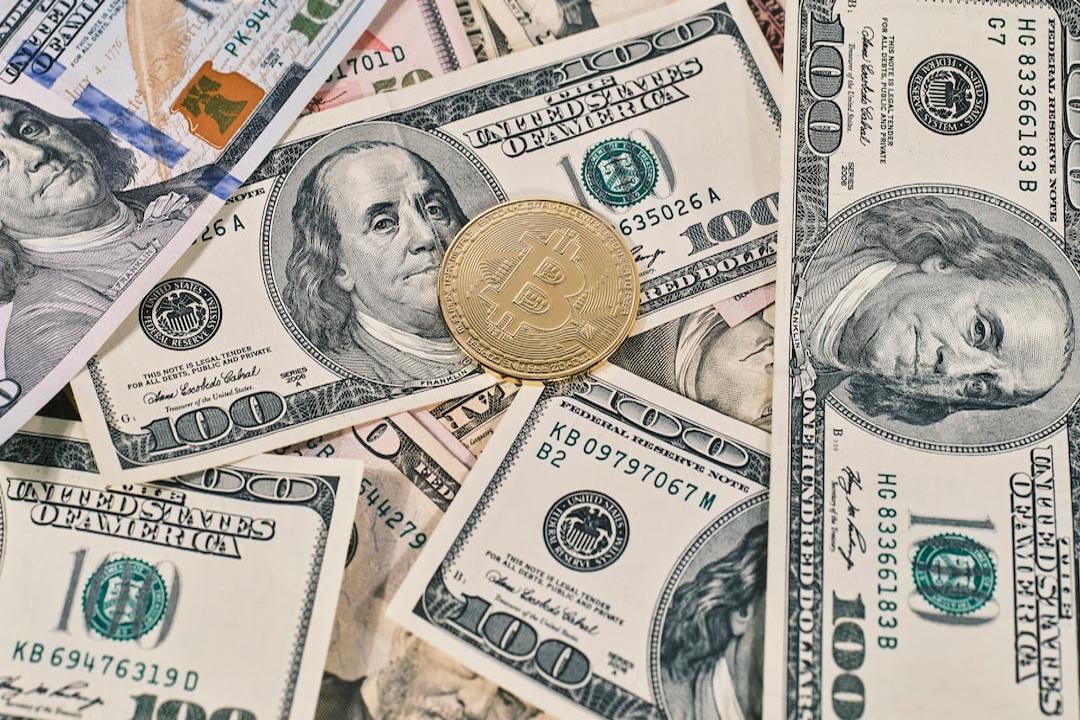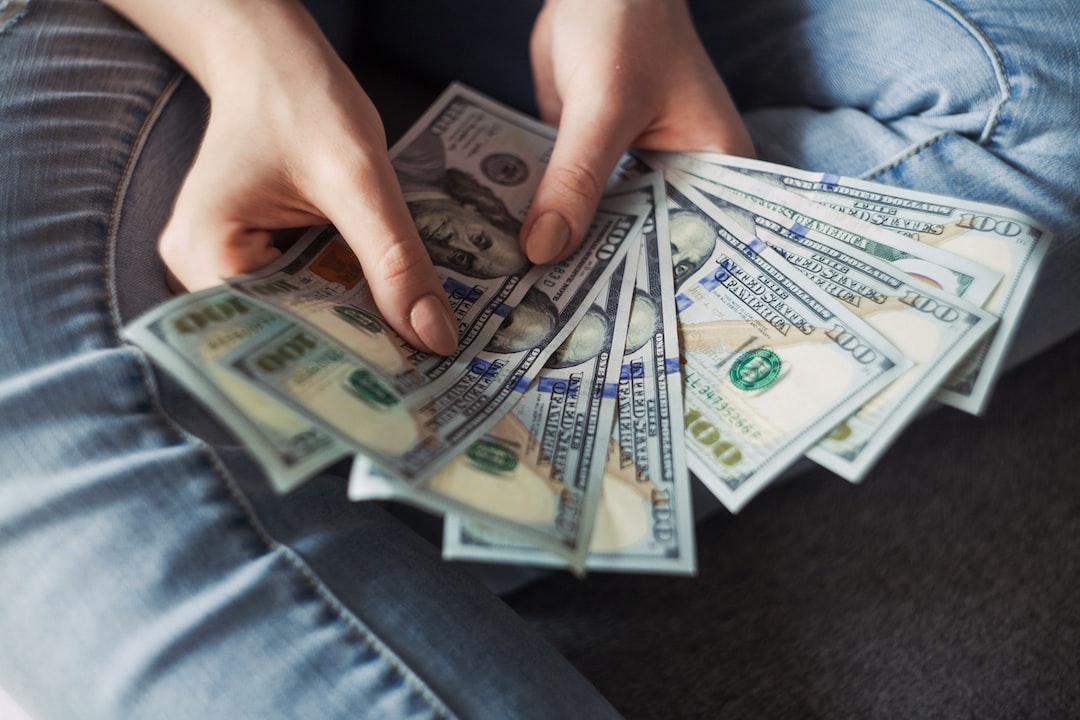The Reasons Behind the Popularity of Meme Coins
In this bull market, meme tokens continue to attract significant attention, with retail investors viewing them as their only chance for success in this cycle. While the potential returns are substantial, the associated risks cannot be overlooked. This article aims to help you establish trading rules and profit strategies to increase the likelihood of gains, rather than fully giving back all paper profits while waiting for the next 100x return.
The Reasons Behind the Popularity of Meme Coins
Memes represent the most authentic and straightforward expression in cryptocurrency. Traditionally, memes are closely associated with retail traders, but this cycle has not witnessed a complete return of retail participation. Nevertheless, in the early stages of this cycle, meme coins have garnered more attention than ever before.
Currently, the market is dominated by experienced cryptocurrency traders, many of whom are in their second or subsequent cycles. Current market participants generally:
– Focus on maximizing profits.
– Recognize that over 90% of “fundamental” projects are actually memes lacking real value and are destined to fail.
We have seen numerous examples indicating:
– The significant wealth creation potential of memes.
– Several billion-dollar, venture-backed “fundamental” projects gradually declining due to long-term lock-up periods.
Given these factors, it is understandable that many people tend to choose memes. They have proven to be powerful wealth creators without the false guise of “innovative technology.”
PEPE and WIF made a strong comeback after the pullback in May last year, highlighting the shift in perception towards memes in this cycle. Unlike in the past, where meme strength typically signaled market tops and peaks in trader confidence, today’s memes exhibit resilience during overall market pullbacks and periods of low confidence.
Larger market capitalization memes like $PEPE and $WIF have almost become safe havens for users during uncertain times. The meme supercycle has evidently begun.
Risk Management: Position Sizing Relative to the Portfolio
We categorize this into the following four tiers:
– Four-digit (1,000 to 9,000)
– Five-digit (10,000 to 100,000)
– Six-digit (100,000 to 900,000)
– Seven-digit (1,000,000 to 9,000,000)
Trading with a sub-four-digit portfolio
The million-dollar question is: “With limited capital, how can I succeed in shitcoins/memecoins?”
The honest answer is that the chances are very slim, especially for newcomers. However, here are some guiding principles to improve your odds of success:
– Conviction Investment: Allocate a significant portion of your portfolio to investments in which you have strong belief and reasonable justification.
– Quick Exits: Aim for 2-4x returns and exit quickly. Avoid holding onto investments too long when most of your portfolio is concentrated in one asset.
– Selective Investment: Focus on logic and reason rather than charts and candlesticks. Invest 20-25% of your funds into one asset, taking enough risk to potentially break away from this stage.
– Bull Market Opportunities: In a high-risk appetite strong bull market, narratives can drive successful investments.
Step 1: Accept Reality
Understand that it is impossible to succeed overnight with small amounts like $100. Do not rely solely on cryptocurrencies to cover living expenses. Treat cryptocurrency as a secret project, a skill you master behind the scenes.
Step 2: Master a Specific Area
With limited capital, focus on enhancing trading skills rather than purely making money. Accumulate capital until you can accurately identify opportunities. Choose a niche (such as swing trading, small caps, mid caps, large caps) and delve deep. Practice through simulated trading and accumulate capital through Web3 side jobs (like web development, community management, or graphic design).
Step 3: Start Trading with Savings Capital
Once you have confidence in your trading skills and have accumulated some capital, begin to invest gradually. On Ethereum, if you can accurately spot opportunities, one ETH is sufficient. Be selective while trading, strictly capturing profits and quickly cutting losses.
Step 4: Make Long-term Investments
After building a solid portfolio, allocate a substantial portion of funds to long-term promising projects. Hold the asset until your conviction wanes. Achieving 3-5x returns on a significant portion of your portfolio is still very considerable. While small investments in high-risk projects may yield large returns, the goal is to adhere to rational principles.
Sub-Five-Digit Portfolios
If you have low five-digit funds, follow the same strategy as for sub-four-digit portfolios but reduce each trade’s position size to 10-15%. Remain extremely selective. With this capital, you can comfortably engage in chart trading, buying at support levels and selling at resistance levels of major rising coins. As you approach high five-digits, focus more on chart trading and closely monitor trading volumes.
Sub-Six-Digit Portfolios
Maintaining and growing a six-digit portfolio is challenging. Your goal is to protect profits while deploying capital in valuable opportunities. The journey to seven digits will be slow and require a commitment to the long-term process. If you can get in early, consider investing in new major rising coins. Compare the number of holders/market cap with recently outperforming coins to see if the majority on Twitter are already following them.
Risk Management: How to Manage Trading Risks
1. Set stop-loss conditions for every trade:
Identify and mark key support levels on the chart. If the price reaches these levels, exit promptly and move on. Avoid letting assets depreciate to zero. Exit in a timely manner if trades do not meet expectations. Invalid conditions can arise due to various factors, such as declining volume, losing primary support levels, or reasonable FUD.
2. Plan exits in advance:
Before entering a trade, determine in advance where you will exit if the trade does not proceed as planned. Consider setting stop-losses for old coins based on your goals and risk tolerance. For new and highly volatile coins, you might adopt a “10x or bust” strategy.
3. Monitor hype and sentiment:
For meme tokens, pay attention to hype and market sentiment on Telegram and Twitter. Assess overall market sentiment, particularly focusing on major coins and their derivatives. If major coins decline, related coins may drop even more severely.
4. Evaluate utility coins:
For utility coins, monitor the development team’s activity to ensure they continue to roll out updates. Look for upcoming catalysts that the market has not yet priced in.
Examples of Poor Risk Management:
Holding assets without taking timely profits, leading to significant paper gains turning into losses. Here are some specific examples:

Lost $4 million in profits.

A whale sold $8 million of $JUP for $BODEN at the peak, incurring a 98% loss, transforming $8 million into $85,000.

Zooming out can help you gain a more comprehensive view.

Turning $9 into $40,000 only to fall back to approximately $1,600.

Elon Musk temporarily changed his Twitter avatar to laser eyes. While this was a strong catalyst, the price quickly dropped when he changed his avatar again. Things change rapidly, and often if you have not taken profits in advance, you cannot hedge at the optimal moment.
Psychological Framework and Self-Questioning
1. Reduce risk during significant price fluctuations:
Take profits promptly during significant price movements to lower overall risk. Ask yourself if those discussing the coin are known for pump and dump schemes.
2. Identify the reasons for the coin’s rise:
Determine what is driving the coin’s increase. Is it pure speculation, or is it linked to developers of previously successful projects? Recognize that peaks are often marked by extensive hype from influencers or significant events (like listing on Binance). If you feel excited and start taking screenshots, that may be a signal to sell.
3. Gradual Profit-Taking:
Regular profit-taking is crucial. What matters is the actual profits you keep, not just the paper gains. Sample strategy: sell 25% at 3-4x returns to cover initial costs, then sell another 25% at each 2-3x gain. Retain 10-20% as a “moon bag” to maintain investment and avoid regret after selling.
Useful Principles
1. Learn from mistakes:
Personal experience is the best teacher in trading. The lessons learned from losses are invaluable. Advice on taking profits or checking contract addresses may not resonate fully until you make a mistake. The pain from mistakes will serve as a powerful reminder in the future.
2. Value in simplicity:
Simple things are often overlooked because they seem insufficiently complex. Observe the largest fluctuations during market rebounds to understand the most watched directions. For example, dollar-cost averaging into the well-performing $MOG in June and July 2024 shows sustained strong performance. Identify underperforming holdings during market rebounds to adjust your focus.
3. Avoid overtrading:
Overtrading can gradually deplete your portfolio. Frequent position changes can cloud your thinking. Maintain discipline: do thorough research, build conviction, choose positions, and stick to them.
4. Learn to like selling:
Selling is psychologically more challenging than buying because you fear missing out on significant gains. Continuous profit-taking is often more rewarding than waiting for unlikely returns.
5. Steady profits outweigh big wins:
Aim for multiple 3-5x returns rather than expecting 100x returns. Scenario #1: Persisting for 10-100x returns often causes you to miss smaller but more stable profits. Scenario #2: Consistent 3-5x returns over time can compound significantly.
6. Avoid re-entering profitable trades:
After achieving 2-4x returns, close the position and wait for a pullback before considering re-entry. The excitement after a win can lead to overconfidence and positive bias, increasing the risk of losses. Removing the trade from your watchlist post-exit can help avoid emotional re-entry.
7. Be cautious in trusting your emotions:
In cryptocurrency, correct decisions often feel wrong. Selling during hype or buying during pullbacks may seem counterintuitive but can indeed yield profits. Recognize that emotions like excitement and fear can mislead you, so make decisions based on rational analysis.
This article is collaboratively reposted from:
Shenchao

